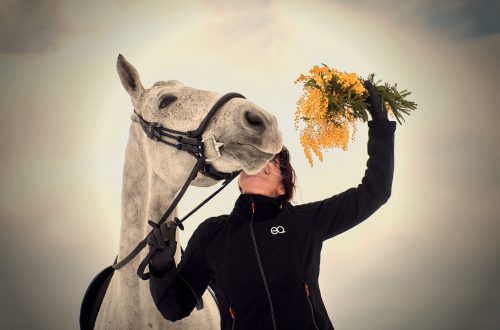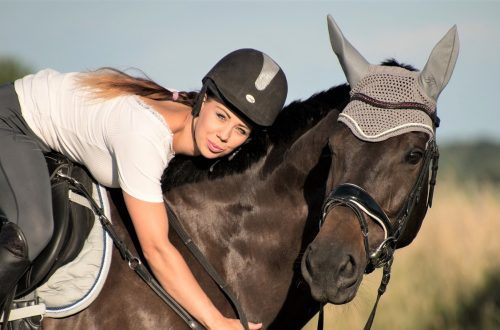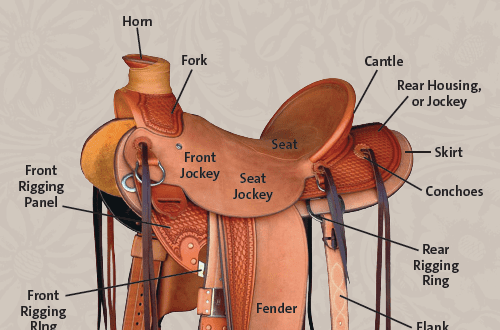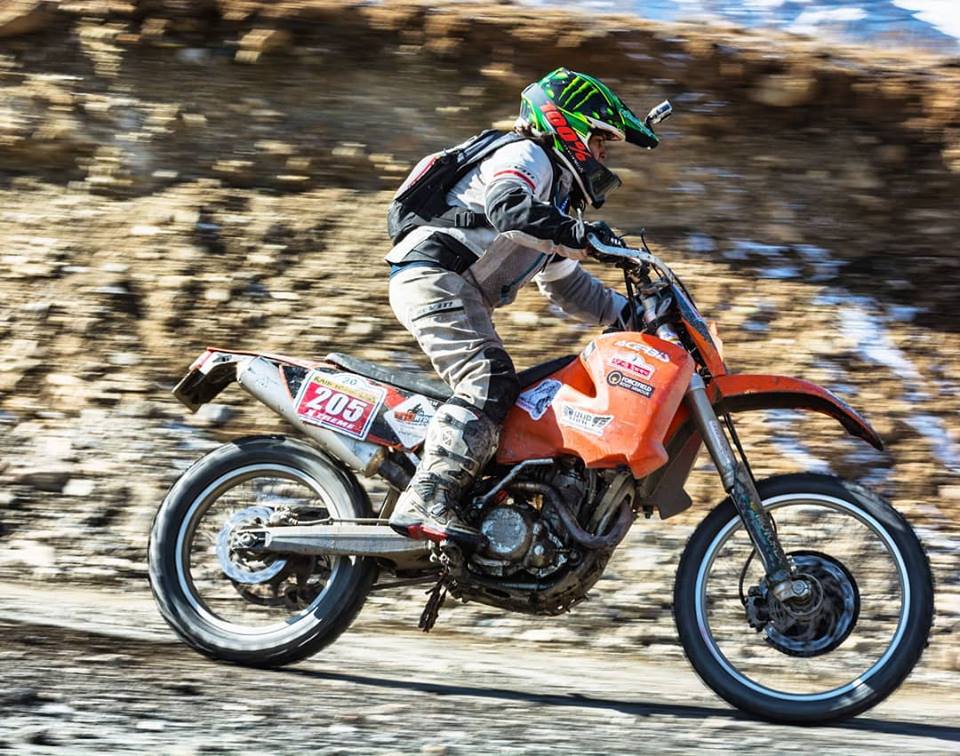
Harm without noticing: five serious rider mistakes
Harm without noticing: five serious rider mistakes
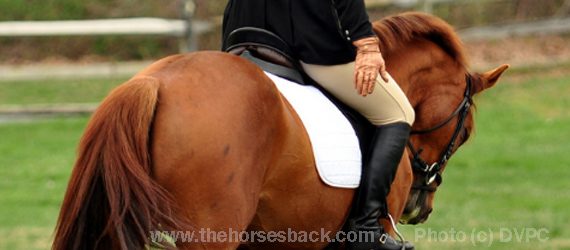
The position of the rider in the saddle affects the quality of the horse’s movements, and this is a common truth. Unfortunately, not every rider can realize what and why he is doing wrong.
We’ve all heard of “relationship”. This trendy term usually describes the connection with your horse on the ground, while working free or in the hands. Many riders assume that once they achieve connection on the ground, they will carry it into the work below. And, in principle, this is true. However, riders often wonder why they lose this connection when they get into the saddle and start riding. The fact is that in ignorant bliss they begin to interfere with the horse!
Landing without relationship
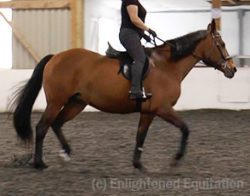
If the rider is out of sync with the horse’s movement, the flow of energy and harmony is disrupted as the horse tries to balance both himself and the rider. Otherwise she is simply resigning herself to the discomfort of a baggy rider moving out of step with the horse’s sensitive back and jumping up and down in the saddle.
There is only one way for a horse to show us that he is in discomfort – through his behavior, which we interpret as “wrong”.
I often ask riders who hit their horses if they could hit their dog. After all, the dog can “scream” and whine in pain. The horse cannot, and this “muteness” throughout history makes it our victim.
I have taught the art of the classic fit for 46 years. Previously, few people tried to get to the bottom of the knowledge about landing and improving controls. Coaches have said (and probably still often say) that as long as the horse is “walking well”, the shortcomings of the seat can be ignored. True, then everyone wondered, why the horse is not progressing, and began to think about what force to use to force the horse to submit …
Yes, the word “submission” appears in dressage tests, but it would be much better to replace it with «желание сотрудничать».
Насколько отличалось бы выражение лиц многих лошадей во время выступлений, если бы их обучали как партнеров, а не как жертв?
So, do you notice when you are disturbing the horse with your seat? I want to draw your attention to The XNUMX Most Common Rider Mistakes Affecting Horse Movement.
1. Is the saddle suitable for the horse? (да, я снова об этом)
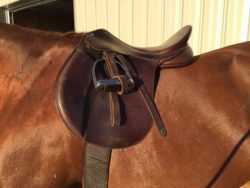
A bad or improperly fitted saddle can cause you to sit back.
There are no surprises here. The need to use a good, suitable saddle for the horse is undeniable. But the reality is that many saddles are far from perfect. MI am amazed at the number of saddles whose shortcomings make the task of sitting upright and in balance difficult or even impossible for the rider!
Here are the worst possible flaws:
One of the most common drawbacks is a saddle that is too narrow. It presses the horse and tilts the rider’s pelvis back, making him sit “like on a chair” instead of having his ear, shoulder, hip and heel in the same vertical line perpendicular to the ground, which is the only way balance is possible.
Try walking with your butt back and your knees up, as if you were sitting in a chair! Staying upright is very difficult! Your weight will be over the pommel, making it difficult for the horse to lift and round his back, instead sagging his back.
Schnellers on saddles, almost without exception, even on many dressage, are too far forward. That’s why trainers so often ask students to “put the leg back on the horse’s shoulder”!
I often wonder why instructors and even dressage trainers often fail to notice that the problem is not with the rider, but with the design and balance of the saddle!
2. Unsafe landing (for both horse and rider).
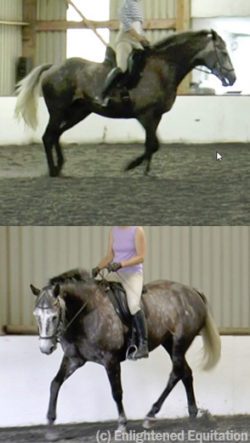
That’s what I mean by “unsafe”. Riders are not taught to absorb movement and synchronize with the movements of the horse.
We hear: “Sit down!” “Relax!”, “Follow the movement!”, “Follow the movement of the horse!”
But usually, if you are following something, then you are behind this “something”! No wonder beginners get confused and fail to learn to synchronize with the horse.
If this is about you, don’t worry. I’ve had riders in my practical horse simulator courses that have been in the saddle for 10, 20 or more years and they couldn’t synchronize with the horse.
3. The glue that sticks you to the saddle hasn’t been invented yet.
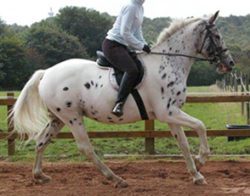
By grabbing the saddle with your hips, you are blocking the horse’s movement.
If you bounce in the saddle, try to “grab” it with your seat, or sit on your back pockets and “wrap” the chest, you make life difficult for the horse.
You can correct these mistakes, but you will need a coach …
Бthey lock their horse by clinging to the saddle, not only novice riders. Look at the nodding, leg-flapping (usually with spurs) riders that can even be seen on the arena of a Grand Prix-level dressage tournament…
4. The horse is highly sensitive to weight shift.
You must have heard that a horse can feel a fly landing on its back? So that does she feel when a rider sits on her, regardless of whether he is good or bad?
Our goal is to burden the horse’s back as little as possible!
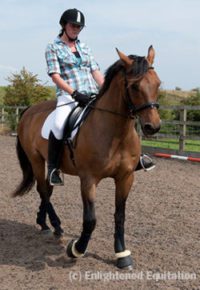
I try to achieve this by sitting softly, but deeply, in sync with the movement of the horse.
If the rider sits crooked, it may be due to a problem with an unbalanced saddle or because it is asymmetrical сам по себе, лошадь страдает.
She tries to cope and compensate for this by adjusting to the rider and, as a rule, bending herself.
Riders are rarely taught to use their body as a means of control. But when you use it, it becomes the most invisible of all. Combined with sitting bones that move in sync with the horse’s back, this is the secret to an elegantly harmonious ride where the rider appears to be doing nothing at all.
5. “Feeling” starts from behind
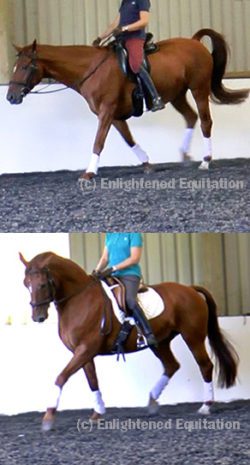
“Connection” means the ability to feel, and this does not only apply to working from the ground. We all have nerve endings in the back of our bodies. If you are taught how to feel and how to feel, it is within the grasp of any rider, even a beginner.
“Control” really means “help”. If you learn to use controls that make biomechanical sense to the horse, they will become truly invisible as the horse becomes more and more sensitive.
BUT, if the horse has not been trained in the correct responses to specific aids, then it is not surprising that he is confused and behaves “wrongly”. It’s a bit like us lazy Brits yelling at foreigners hoping they’ll understand English and then getting mad because they still don’t understand us, even if we yell very loudly!
Your seat can really help your horse. This happens when you teach her how to use not only arms and legs, but also:
- means of weight control during turns;
- средств управления седалищем для сбора и нисходящих переходов;
- precise positioning of your torso during lateral and circling/turning movements, etc.
At this point, riding becomes a full-fledged language that almost all horses quickly begin to understand. Why? Because it works together and not against their own body.
Synchronization with the horse allows the rider to learn to “feel”. This term is understood by many, but only a few can actually learn.
Therefore, if you want to have a true relationship with a horse, you need to:
a) do not interfere with either her back or her mind;
b) learn how to drive as efficiently as possible, and
c) treat the horse as a partner and friend, and not as a tool needed to win the next rosette.
If you’re winning and it’s a by-product of your training, that’s great. But, if your horse isn’t progressing, sort out your riding, your gear, before blaming the horse. Consider the previous 5 points and you will be on the right path to true connection with your horse!
Heather Moffett (source); translation by Valeria Smirnova.



